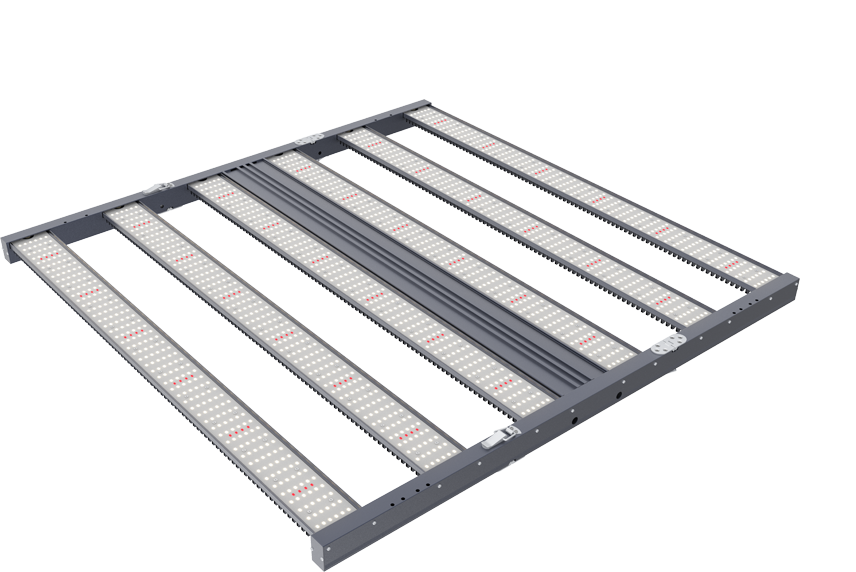HOW TO GROW VEGETABLES IN VEGETABLE GREENHOUSES WITH PLANT GROW LIGHTS?
(2021年)https://www.enlitehorti.com/vegetable-grow-lights/
As a professional grow light manufacturer, ENLITE ENERGY INC provides a lineup of commercial grade Full Spectrum LED Grow Lights for indoor farming, commercial vertical farming and greenhouses.
1. Factors affecting vegetable greenhouses
(1) Vegetables are also plants. Photosynthesis is required for plants. Different varieties of vegetables have different requirements for light, and vegetables have different requirements for light at different growth stages. There is no adequate lighting environment, plant lights do not have a reasonable light ratio, daylight and artificial plant lights do not have a good combination of supplementary light, which is one of the main reasons why the yield and quality of greenhouse vegetables cannot be improved.
(2)Unreasonable vegetable varieties and planting structures in greenhouses are also important factors in causing losses. Different vegetable varieties have different market demands. Some varieties lack competitiveness and have no market potential; more importantly, different vegetables have light demand. They are also different, and it is inevitable that these factors can cause losses if they are not well grasped.
(3) Obstacles to the air circulation in the shed are another factor causing losses. The lack of air circulation will lead to inappropriate temperature in the shed, too high concentration of harmful gases, and too high carbon dioxide concentration will not only make vegetables can not grow normally, but also inhibit plant growth, or cause plants to wither and die.
2. Vegetable greenhouse solution
(1) Whether the lighting environment is reasonable is one of the important reasons that affect the harvest of vegetables in the greenhouse. Best LED grow lights for vegetables will photosynthesize, absorb carbon dioxide, exhale oxygen, and accumulate organic matter; in the absence of light, they will perform respiration, absorb oxygen, exhale carbon dioxide and consume organic matter. When the two balances are equal, the light compensation point of the plant is reached, and the plant cannot accumulate organic matter to grow smoothly. When the light compensation point is not reached, the consumption of organic matter in the plant is greater than the formation of organic matter, and the plant cannot grow normally and appears sick, withered, or even dead. When the plant is thicker than the light compensation point, the plant grows normally. In the absence of sunlight or insufficient sunlight, LED plant grow lights for vegetables can be used to supplement light to ensure sufficient light environment, combined with carbon dioxide concentration, moisture, temperature, humidity, etc., to allow plants to perform normal photosynthesis to help their growth.
(2) Choose plant varieties to plant according to market demand. Choosing the right plant varieties is the first step to open the market. Reasonably use different types of LED plant grow lights to fill light.
(3) One thing to pay special attention to is that the air circulation problem in the shed, especially in order to save cost, using traditional plant grow lights will produce some harmful gases, which will have a bad impact on the human body. Some traditional plant grow lights will produce high temperature when irradiated, and the temperature in the shed will be too high, which will cause the loss of vegetable water, which is not conducive to growth; some harmful gases such as ammonia, when the concentration of harmful gases produced by fertilizers is too high, it will also produce adversely affect to the growth of vegetables.
- «前のできごと |
- 次のできごと»
- このできごとのURL:



コメント